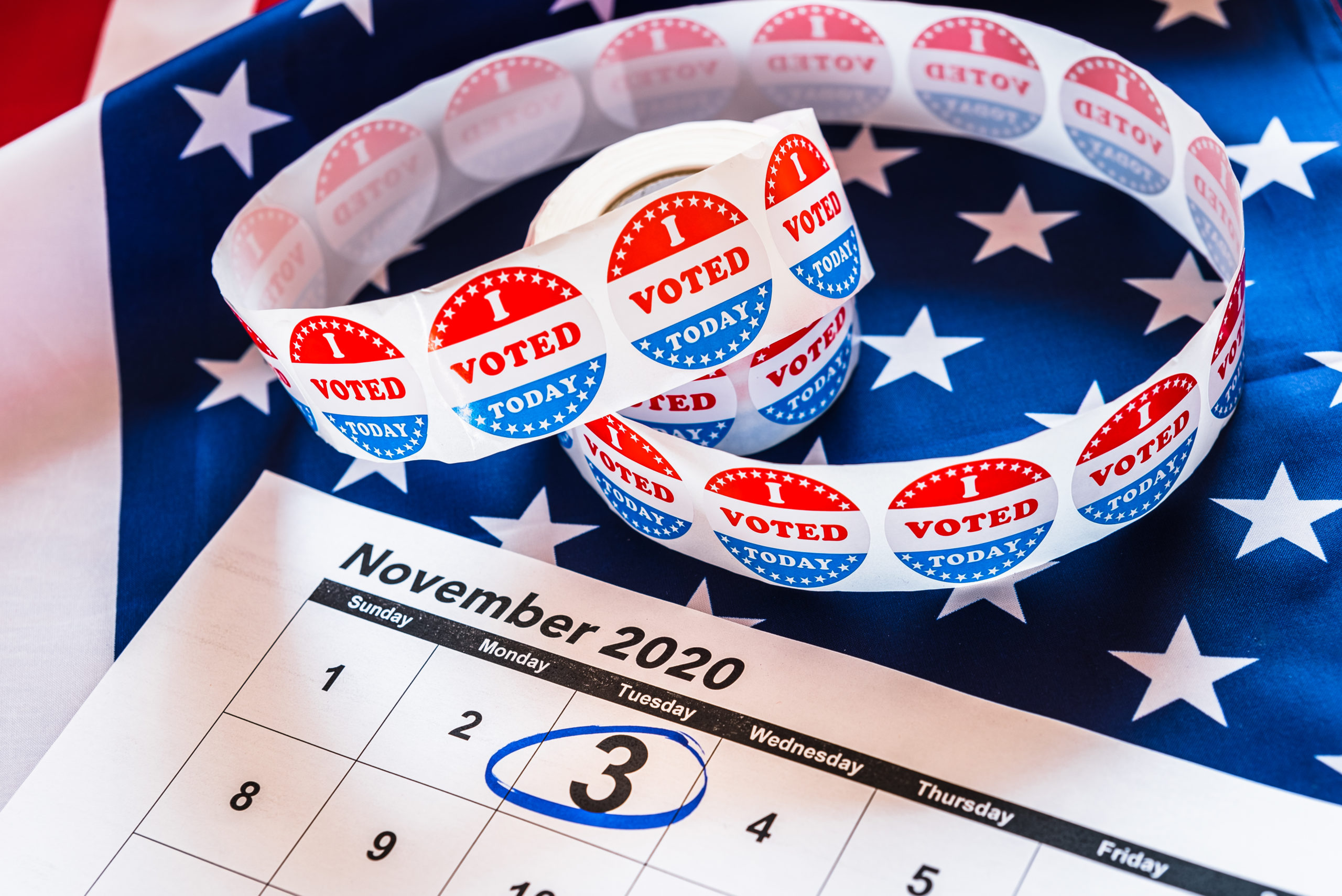The COVID-19 pandemic has changed business as we know it. At the start of the pandemic, companies had to create new solutions and find different ways to interact with consumers.
Among many other things, the pandemic altered the economy and business operations in unknown ways. Some of these changes are the following:
eCommerce became crucial: products that used to only be sold in-person are now sold online.
Because of this, many services shifted online and are now completely virtual.
Businesses that remained accessible in-person were transformed by the introduction of safety precautions like social distancing and mask-wearing.
A portion of products and services that were previously in high demand have become a thing of the past.
As potential vaccines continue to move forward, everyone is beginning to imagine what the post-COVID 19 economy will look like. Overall, businesses will face a new challenge of figuring out how to bring customers back to the same products and services that they enjoyed prior to the pandemic.
Opening Up Your Business in the Post-COVID Economy
This challenge needs to be faced with an effective strategy, and that’s where market research comes in. Hence, by conducting research in the next few months, companies can paint an accurate picture of what their business should look like going into 2021.
Market research companies can provide consumers insights on what they enjoyed pre-COVID, what priorities are in this economy, and what will make them feel safe as the economy opens up.
Changed Consumer Behavior Forever
The pandemic caused permanent changes to consumer behavior and preferences. Because of this, market research will help companies account for the shifts that occured since then. Additionally, they will be able to understand what changes consumers want to keep post-COVID. For instance, consumers have the desire for retail and food companies to continue offering delivery and curbside pick-up options beyond the pandemic.
In conclusion, the COVID-19 pandemic brought about a significant amount of changes to the way we conduct business. As companies imagine what the post-COVID economy will be, they must create strategic approaches for opening up. Strong market research will ensure that they are not catering to trends that might not exist anymore.
Read some of our recent case studies and blogs here to learn more about business and consumer research:
- COVID-19 and Conducting Market Research
- Conducting Market Research in Localized Areas
- Differences Between B2B and Consumer Qualitative Research
Thinking about conducting market research? Check out Provoke Insights research services here.
Sign up for our newsletters HERE!
and finally, Follow our social media accounts:
Twitter: https://twitter.com/provokeinsights























